Increase Your Home Value With These 5 Tips
55% of home buyers want a home that is already finished and 45% a home that still needs work. But renovating the home not only has advantages for selling it. You will also reap the benefits of your renovated home. Do you want to know what you need to do to increase your home value? Then read on.
Tip 1: Go for extra square meters
As everyone knows, the surface area has a great influence on the increase in value of a home. That is why expanding your home is an important part of this list. Curious about how to expand your home?
The increase in value of expanding your home depends on where you live in your country. For example, square meters in the city are usually a lot more valuable than the surfaces of most homes in the countryside.
In many municipalities, you need a permit for an extension or construction. You can often build an extension at the back of the house without a permit. Check with your municipality whether this also applies to your situation.
Expanding a home is often at the expense of the garden area. Usually, extra living space is more desirable than outdoor space, but keep a close eye on this balance.
Would you like to obtain more advice about expanding your home? An architect knows exactly what the possibilities are and easily calculates how much the extension will cost.
Tip 2: Make your home more sustainable
By installing insulation, you get the most out of making your home more sustainable. With good insulation in your home, you can quickly save up to 30% on heating costs. On average you pay $1500-$2000 to have your house insulated, including VAT and labor costs. However, research has shown that this investment increases your home value by 75 to 100%.
Installing double glazing also saves you: $200-$250 per year in energy costs to be precise. This is therefore beneficial for you, the environment, and any future residents of your home.
Tip 3: Renovate the attic
You can significantly increase your home value by converting your attic. Consider installing a dormer window or remodeling the walls with plasterwork. Then give the walls a lick of paint or carry out other renovation work. Some tips for renovating your attic:
Do you want to install a different floor? Then pay close attention to the possible noise pollution you may cause on the floor below the attic. A wooden floor often causes more inconvenience than a carpeted floor. Do you really want a wooden floor? Then place insulation under this floor. The insulation blocks the sound so that people below the floor are not bothered by stomping upstairs residents.
Make good use of the space by installing fitted wardrobes or building an extra loft where you can place your bed. This leaves you with many square meters that significantly increase the value of your home.
The average price for making your attic habitable is $10,500-$11,000. This is offset by an increase in the value of the home of 60 to 100%.
Tip 4: Remodeling Your Bathroom
Remodeling your bathroom will provide you with an average increase in value of up to 50% of the renovation costs. A lot less than with the previous tips. Why?
It is difficult to design a bathroom that meets everyone's needs. This is because everyone has different tastes. Is your bathroom really in need of renovation? This can then cause the home value to rise considerably.
At $4,500-$5,000 including labor costs and VAT, the price for bathroom renovation is lower than the price for renovating most projects in this list. That makes it an extra attractive project.
Would you like to get inspiration before you invite the specialist? Then read this article about Inspiration for Bathroom Remodeling.
Tip 5: Renovate the facade
The first impression is worth a dollar and the facade is the calling card of the house. A sleek facade should therefore not be missing from this list. When renovating your facade, take the following average prices into account:
$12-$13 per m2 for small projects, such as joints or impregnation.
$23-$25 per m2 for sustainable projects, such as joints and impregnation.
$140-$150 per m2 for specific projects, such as the complete replacement of joints or the entire facade.
Renovating the facade is one of the cheapest and most effective ways to increase the value of your home. If you carry out the facade renovation properly, you can expect an increase in the total home value of 5%.
What Types Of Floors Are There?
What types of floors are there and how do you make a choice? There are many different types of floors, all of which have unique characteristics. The most popular types of floors are discussed here with a detailed description.
If you pay attention to the material and design, you will discover the advantages and disadvantages of each type of floor.
1. Tiled Floors
Tiled floors or tiles are suitable for installation in the living room, kitchen, and bathroom. An advantage of tiles is that they are wear-resistant and have a long lifespan. Moreover, it is one of the types of floors that are available in all kinds of designs.
The size of the tiles varies as does the color and design. Underfloor heating is an excellent combination with tiled floors.
A disadvantage of tiles in the home is that they are less comfortable than many other types of floors. In addition, joints ensure that tiles are less hygienic than a completely seamless floor. The comfort is less, which makes it less pleasant for children, for example, to play on a tiled floor.
This floor is also not optimally sound-absorbing and there is a chance that joints will become dirty over time and become difficult to clean.
2. Carpet Floor
Carpet is making a comeback among the popular types of flooring, especially in the bedroom. There are several advantages to mention. A major advantage of carpet is the high degree of comfort.
Moreover, this form of floor covering is available in all kinds of materials, colors, and designs. For example, it is possible to opt for a deep-pile carpet.
Carpet feels warm and comfortable underfoot and is therefore an excellent option for use in bedrooms. It is a less suitable type of floor to lay in the living room, because of the hygienic aspect.
Dirt and dust accumulate between the carpet and it is more difficult to clean this type of floor as clean as, for example, a tiled floor or laminate.
It is fun for children to play on and comfortable for the dog or cat, but pet hair is difficult to remove. In addition, the lifespan of carpet is more limited and signs of wear are more likely to appear.

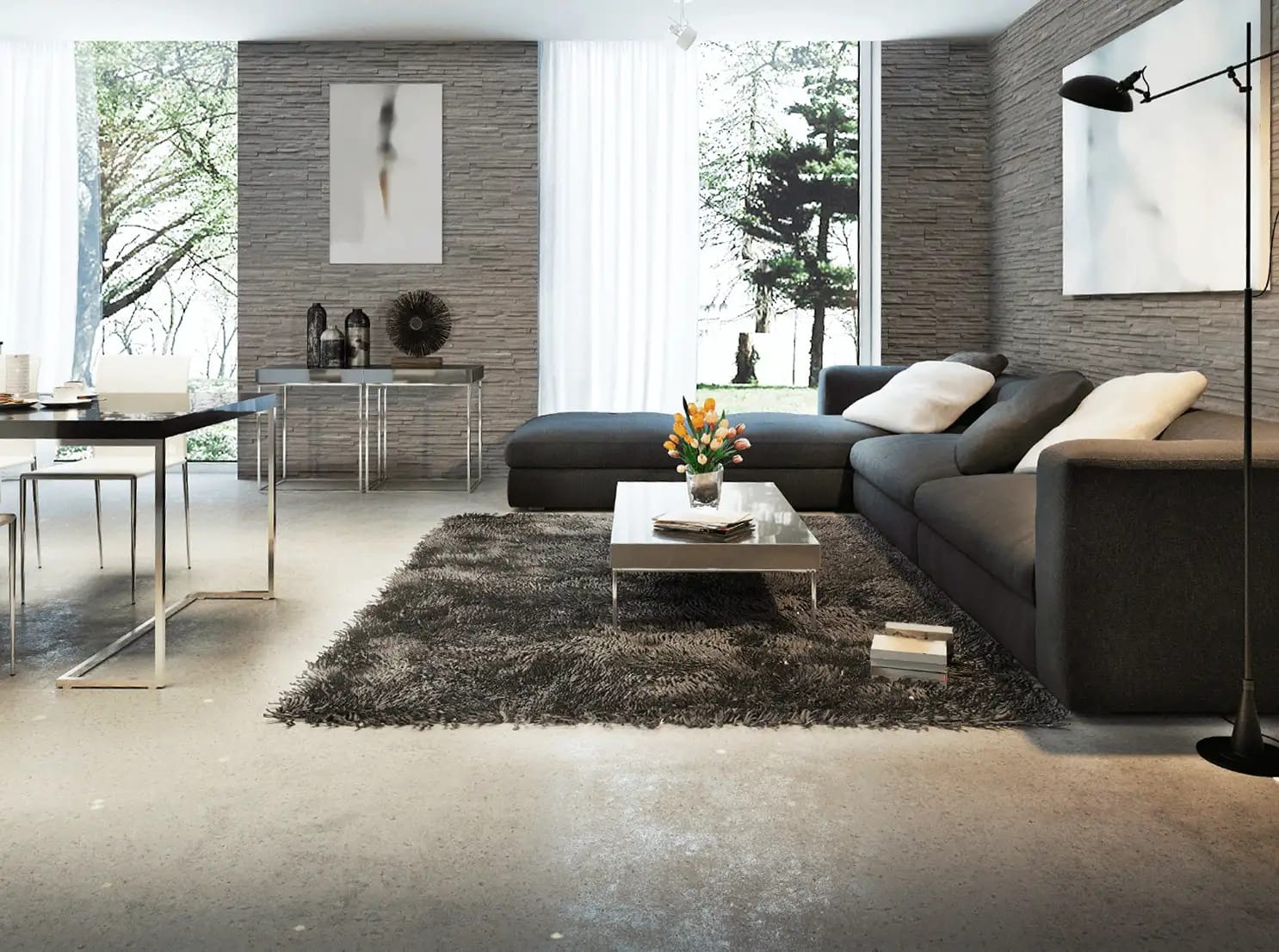
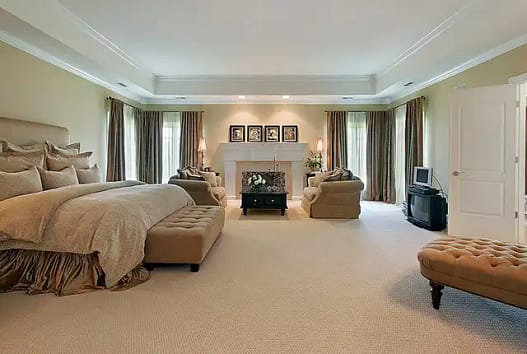
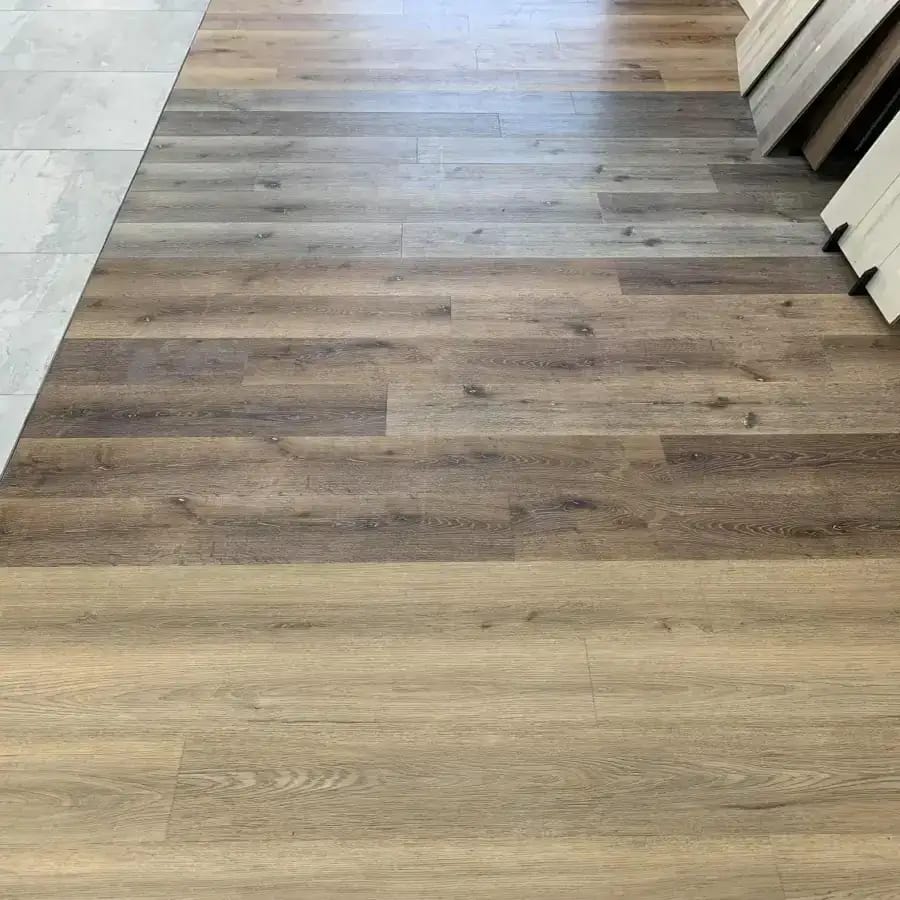
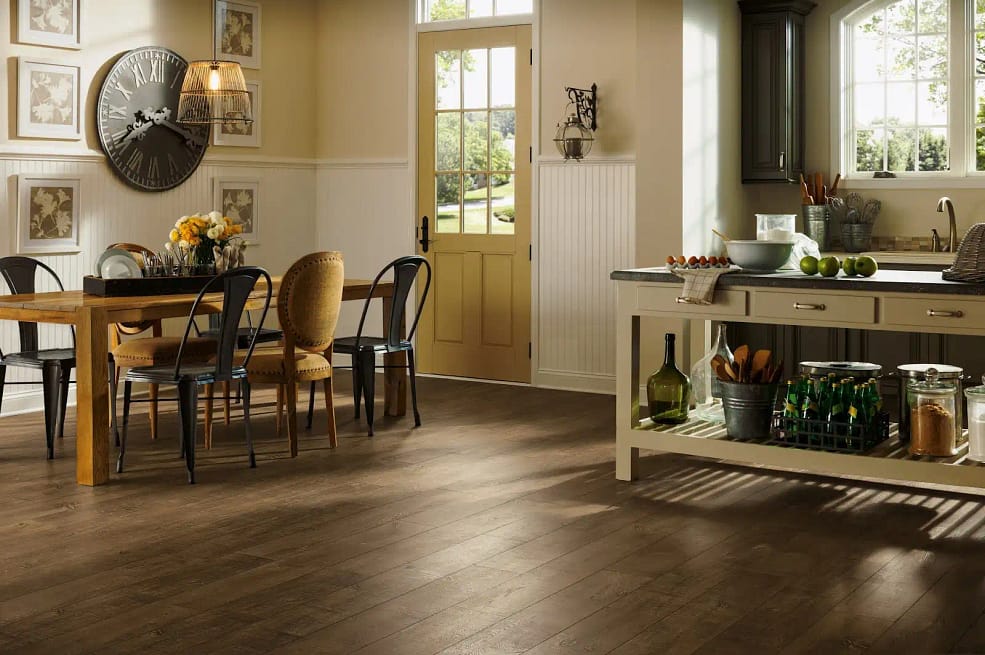
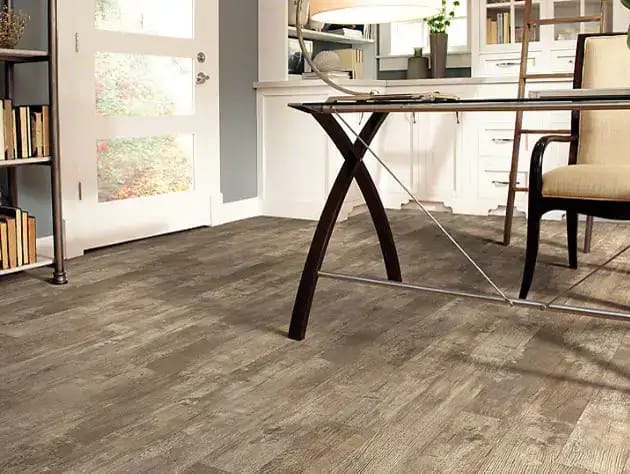
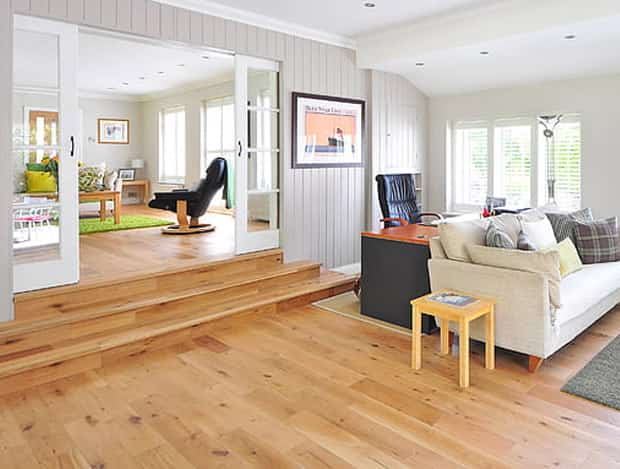
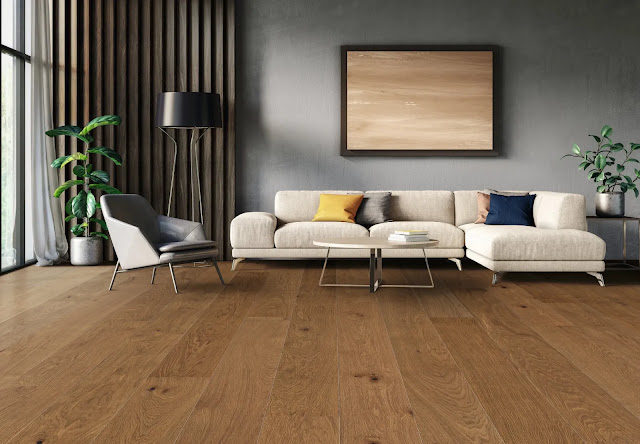
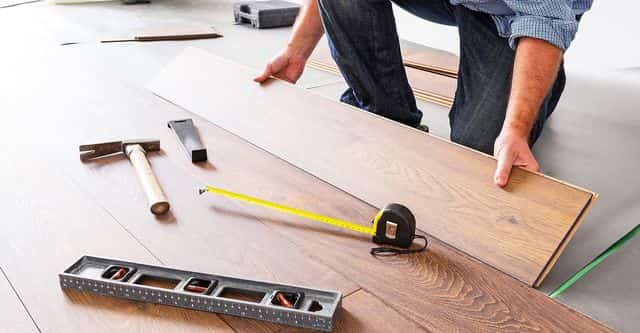
Comments
Post a Comment